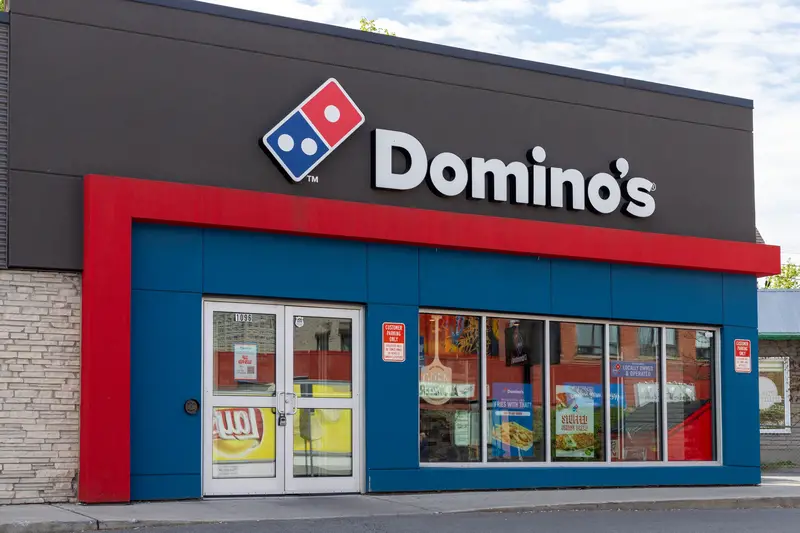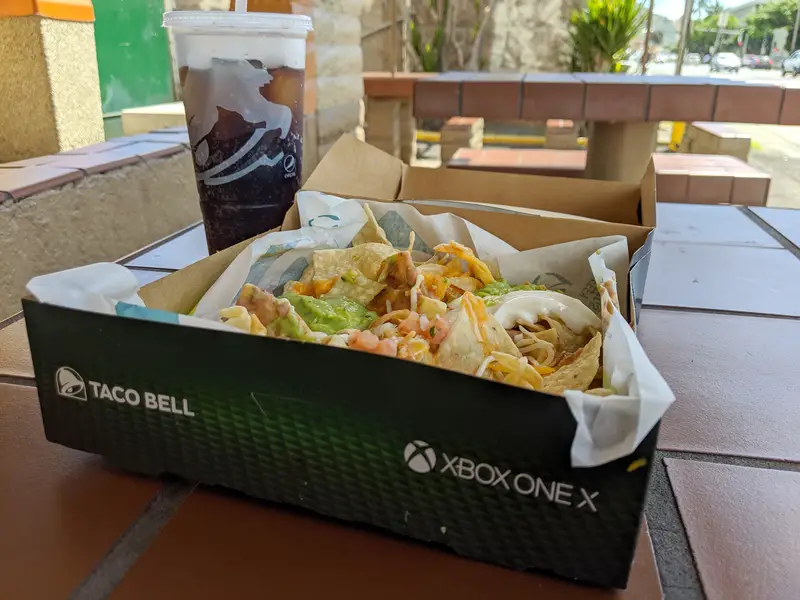Fast food restaurants serve millions of customers daily, but not every menu item hits the mark. Recent data reveals which items consistently spark the most customer complaints, with some surprising entries making the list. From portion sizes to quality concerns, these are the menu items that have customers speaking up.
Arby’s Roast beef sandwiches fall short of expectations

Arby’s signature roast beef sandwiches have become a significant point of contention among customers. Reports indicate widespread dissatisfaction with portion sizes, with many customers noting that the meat appears significantly thinner than advertised. Some customers have even started measuring their sandwiches against marketing materials, highlighting the disparity between expectation and reality.
The issue extends beyond just portion size. Customers report inconsistencies in meat quality, with some describing the texture as processed and compressed rather than the fresh-sliced appearance shown in advertisements. This disconnect between marketing and reality has led to a surge in social media posts comparing actual sandwiches to promotional images, forcing some locations to address portion control standards.
Taco Bell items missing key ingredients
The Crunchwrap Supreme, once a beloved menu item, now tops the list of complaints at Taco Bell. Customers frequently report receiving items with minimal filling, particularly noting the scarcity of beef and cheese. What should be a substantial handheld meal often arrives as a predominantly tortilla-based disappointment.
Similar issues plague other menu items across the chain, with customers reporting missing ingredients in everything from burritos to Mexican Pizzas. The problem seems most acute during peak hours, suggesting that some locations might be stretching ingredients to meet demand. This practice not only affects portion sizes but also disrupts the carefully balanced flavors that made these items popular in the first place.
Domino’s sides creating messy situations

Domino’s Loaded Tots have sparked an unusual complaint trend. While generous toppings might sound appealing, customers report receiving tots practically swimming in sauce, creating what some describe as a “ranch cake” effect. This excess makes the item difficult to eat and overwhelms the crispy texture that makes tots appealing in the first place.
The issue highlights a broader problem with portioning automation in fast food kitchens. Standardized sauce dispensers, meant to ensure consistency, often fail to account for the specific needs of different menu items. As a result, sides like these tots end up with sauce portions better suited for entire pizzas, leading to soggy results and frustrated customers who find themselves using multiple napkins just to make their food edible.
Whataburger quality issues across major chains
The cornerstone of fast food – the hamburger – isn’t immune to criticism. Whataburger customers have voiced concerns about increasingly dry patties, while McDonald’s faces backlash over thin, underwhelming burgers that don’t justify their rising prices.
Changes in cooking procedures appear to be at the root of these issues. Many chains have shifted to faster cooking methods and longer holding times to accommodate drive-thru demand. This operational shift means burgers often sit in warming drawers longer than ideal, leading to dried-out patties and stale buns. The problem becomes particularly noticeable during off-peak hours when customer traffic is slower but holding times remain standardized.
Dairy Queen disappointments

Dairy Queen’s Blizzard, famous for its upside-down serving style, has become a source of customer frustration. Many locations no longer perform the signature flip, leading to questions about the dessert’s consistency. Additionally, customers express concern about the use of non-dairy ingredients in what they expect to be real ice cream products.
The consistency issues extend to mix-in portions and blending techniques. Customers report finding large chunks of unmixed toppings at the bottom of their cups or, conversely, over-blended treats that lose the distinct texture of premium ingredients like cookies and candy pieces. These preparation inconsistencies, combined with questions about ingredient authenticity, have led some loyal customers to seek alternatives at local ice cream shops.
These complaints highlight a broader trend in fast food quality control. Interestingly, national data shows that major chains receive approximately 25 complaints per 100 restaurants, suggesting these issues aren’t isolated incidents but rather systemic challenges within the industry.
What if these items returned to their original quality standards? Many longtime customers remember when these same menu items consistently met expectations. The contrast between past and present offerings suggests that cost-cutting measures and standardization attempts might be affecting the very items that built these chains’ reputations.
Understanding these pain points helps consumers make informed choices and sends a clear message to fast food chains about areas needing improvement. As prices continue to rise, customers increasingly expect quality to match the cost, making attention to these common complaints more crucial than ever.

